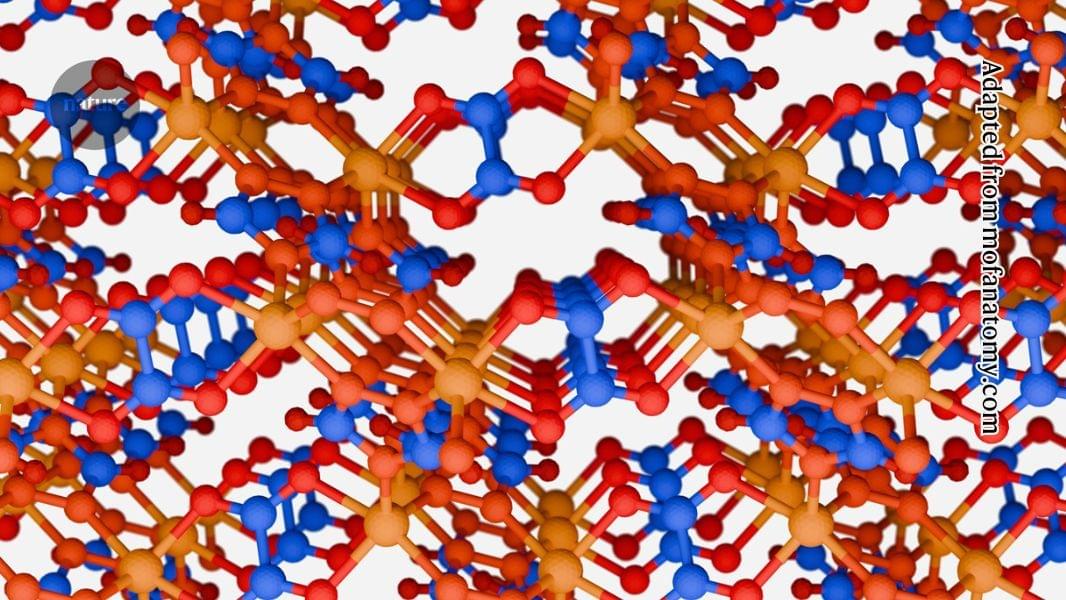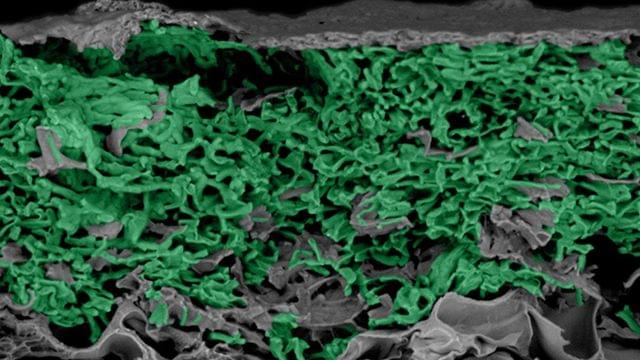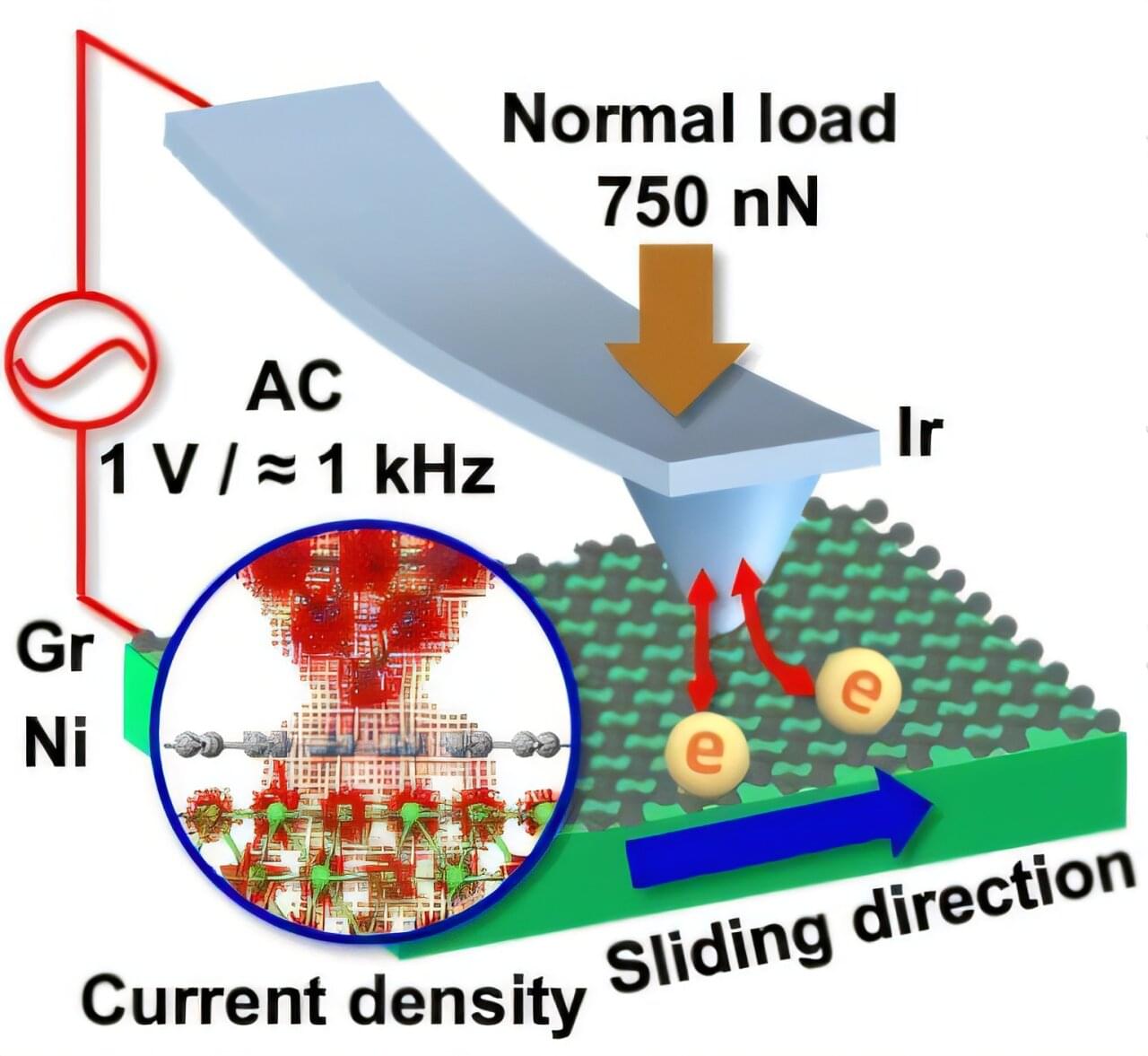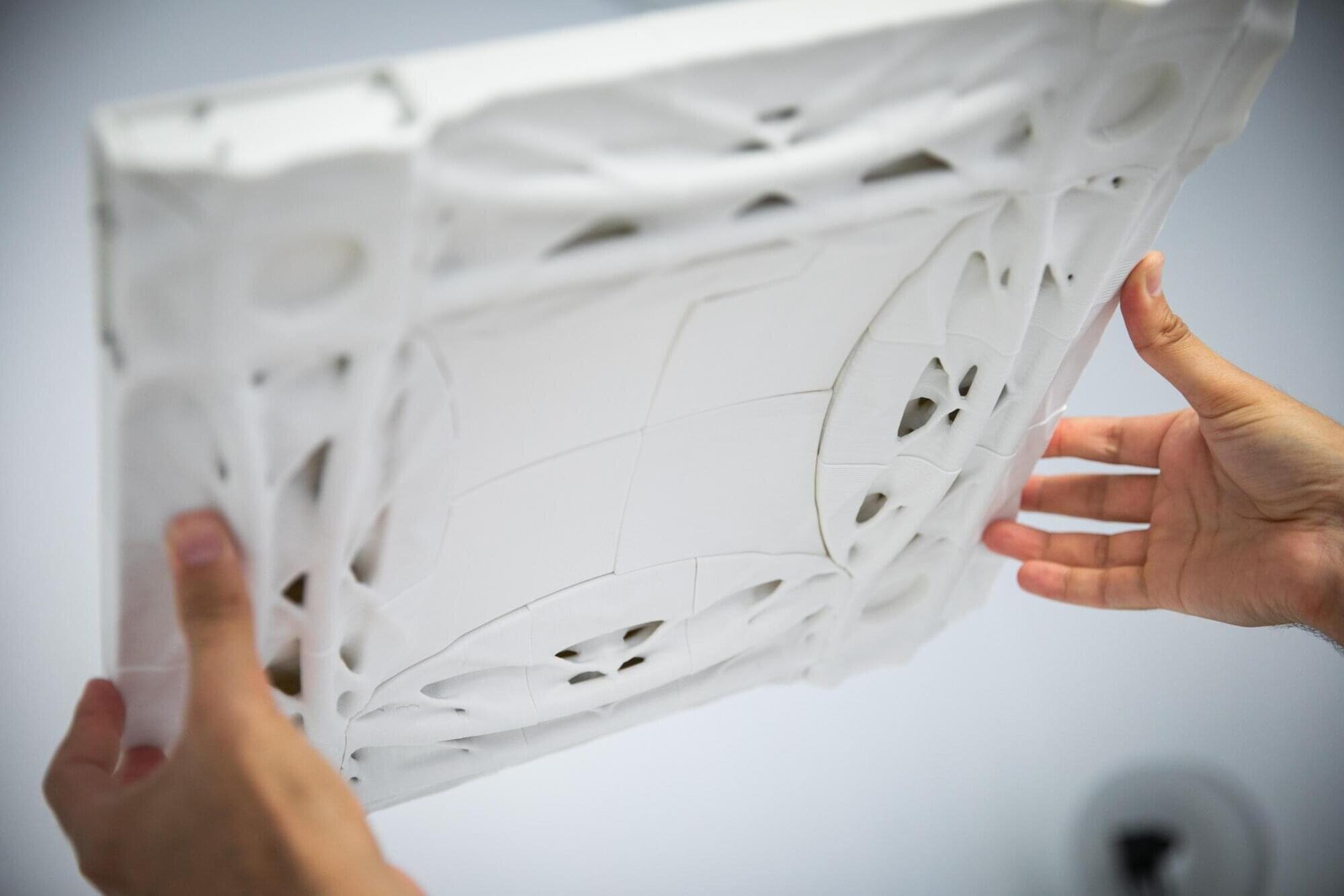Metal-organic frameworks were the next big thing in chemistry when they were invented more than three decades ago. Now, these intriguing materials are becoming commercial tools for capturing carbon dioxide and harvesting water from the air.





Astronomers have studied the globular cluster 47 Tucanae extensively, but still have many questions. It may have an intermediate mass black hole in its center like Omega Centauri is expected to have. There are reasons to believe it may be the remnant of a dwarf galaxy that was gobbled up by the Milky Way, like other GCs. Also like other GCs, its center is extraordinarily dense with stars, and astronomers aren’t certain how far the cluster spreads.
Individual stars in 47 Tuc are difficult to observe because they’re so tightly packed in the center and because they’re difficult to differentiate from field stars on its outer edges. Can the Vera Rubin Observatory help?
Early data from the Vera Rubin and its Legacy Survey of Space and Time (LSST) were designed to test and refine the telescope’s system. But it’s still good quality data, and researchers are using it to not only understand how the Vera Rubin Observatory (VRO) performs, but also for concrete science results.

A research team led by Prof. Tian-Bao Ma from the Department of Mechanical Engineering at Tsinghua University has proposed a novel strategy to reduce friction and wear by inducing dynamic electronic density redistribution through the application of an alternating electric current.
This method enables flexible and instantaneous modulation of friction by adjusting the amplitude and frequency of the alternating current. Remarkably, it maintains low friction and wear over long durations under high contact pressure and current density, requiring only a low driving voltage.
The findings are published in the journal Nature Communications.

An international research team led by Forschungszentrum Jülich has succeeded in visualizing magnetism inside solids with unprecedented precision. Using a newly developed method, the scientists were able to image the finest building blocks of magnetism directly at the atomic level. They have published their findings in the journal Nature Materials.
Magnetism is an integral part of our everyday lives—it is found in electric motors, loudspeakers, and the storage media of modern computers. It is generated by the movement and spin of electrons. Previous techniques could only measure these properties to a limited extent and often only on the surface of materials. The team led by Dr. Hasan Ali and Prof. Rafal E. Dunin-Borkowski has now developed a new method using a state-of-the-art electron microscope to measure magnetic properties at a previously unattainable resolution.
“Our technique allows us to visualize the magnetic properties within a material with atomic precision,” explains Dr. Hasan Ali, first author of the study. “This enables us to observe how the movement and spin of electrons behave in the crystal lattice.”

IN A NUTSHELL 🌌 Astronomers discovered a massive filament of hot gas stretching 23 million light-years, containing much of the universe’s “missing matter.” 🔭 Advanced telescopes like XMM-Newton and Suzaku played a crucial role in identifying and analyzing this elusive cosmic structure. 🕸️ The filament is part of the Cosmic Web, a network that has

The discovery of more than 15,000 kilometers of ancient riverbeds on Mars suggests that the Red Planet may once have been much wetter than previously thought.
Researchers looked at fluvial sinuous ridges, also known as inverted channels, across Noachis Terra—a region in Mars’ southern highlands. These are believed to have formed when sediment deposited by rivers hardened and was later exposed as the surrounding material eroded.
Similar ridges have been found across a range of terrains on Mars. Their presence suggests that flowing water was once widespread in this region of Mars, with precipitation being the most likely source of this water.


Light sometimes appears to be “dragged” by the motion of the medium through which it is traveling. This phenomenon, referred to as “light dragging,” is typically imperceptible when light is traveling in most widely available materials, as the movement is significantly slower than the speed of light. So far, it has thus proved difficult to observe in experimental settings.
Researchers at the University of Toulouse, University of California-Los Angeles (UCLA), University of Paris-Saclay and Princeton University recently observed a specific type of light dragging known as image rotation in a plasma-based system.
Their observation, outlined in a paper published in Physical Review Letters, was made using magnetohydrodynamic (MHD) waves that propagate in a magnetized plasma, known as Alfvén waves.